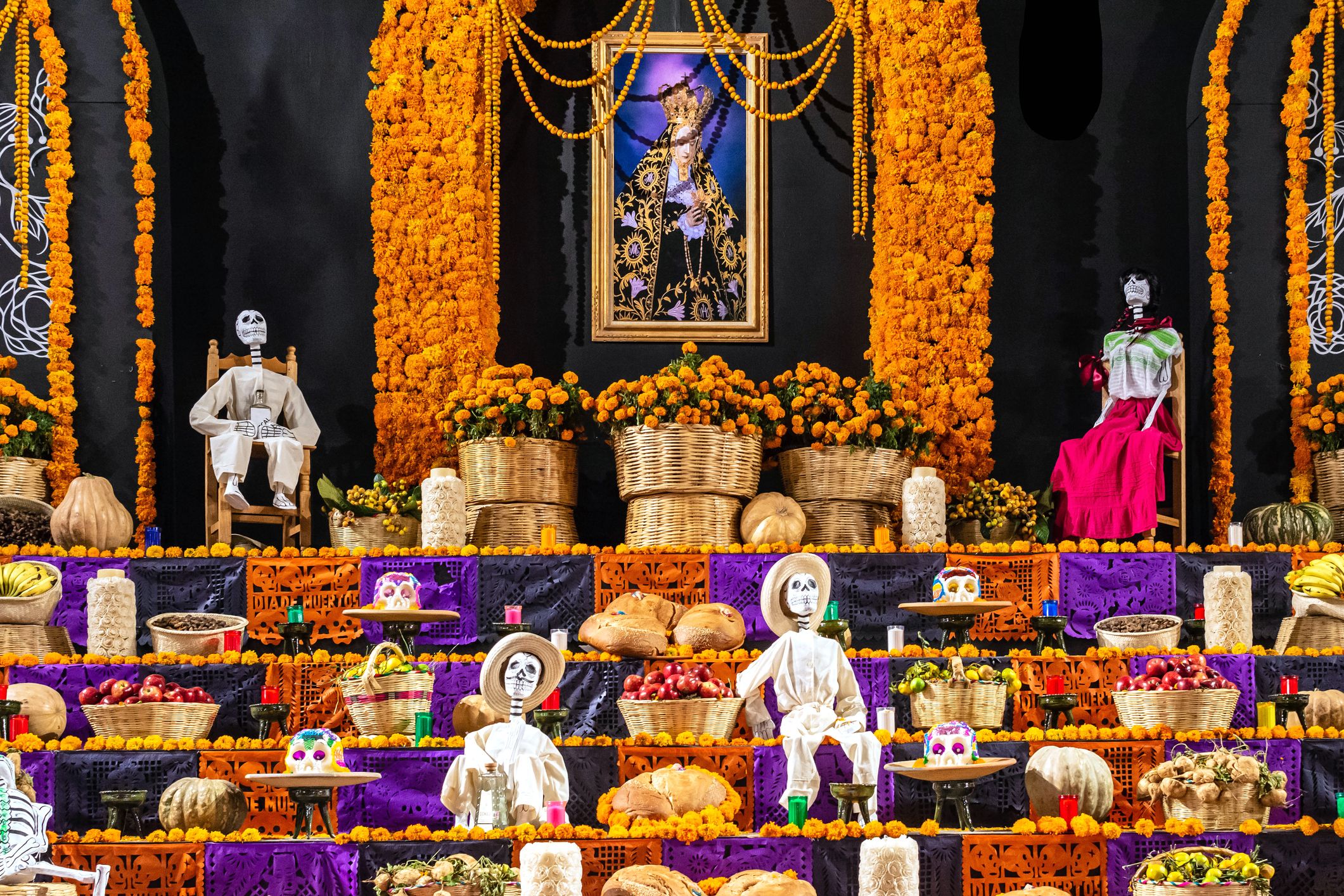When we hear the term scimitar drum meaning it may not immediately ring a bell, but this intriguing instrument carries profound meaning and significance across various domains. In this detailed exploration, we will uncover the essence of the scimitar drum, tracing its historical origins, cultural relevance, and its influence on music and art. Our goal is to provide a thorough understanding that goes beyond existing discussions, offering unique insights and answering common queries about this fascinating topic.
What Is the Scimitar Drum?
Definition and Origin
The scimitar drum meaning is distinguished by its shape, which resembles a scimitar—a curved, single-edged sword historically used in the Middle East and North Africa. This unique appearance not only defines its name but also connects it to a rich cultural heritage. The drum’s design mirrors the elegance and functionality of the scimitar sword, embedding a deep cultural resonance into its form.
Historical Background
The origins of the scimitar drum are steeped in the traditions of ancient civilizations. Influenced by the cultures of the Middle East, North Africa, and South Asia, this drum has evolved over centuries. Its design has adapted to incorporate diverse materials and construction methods reflective of regional practices, showcasing its historical journey through time.
The Significance of the Scimitar Drum in Music
Traditional Uses
In traditional settings, the scimitar drum meaning serves both rhythmic and melodic purposes. It finds its place in a range of musical styles, from ceremonial and religious contexts to folk and classical music. The drum’s distinct sound is a product of its unique shape and the traditional materials used in its construction, contributing to its rich, resonant tone.
Modern Interpretations
In today’s music scene, the scimitar drum meaning has been embraced in various contemporary genres. Musicians experiment with its sound, integrating it into modern compositions and exploring its versatile tonal qualities. This adaptability underscores the drum’s ongoing relevance and its ability to bridge historical and modern musical landscapes.
Cultural and Symbolic Meanings
Symbolism Across Cultures
The scimitar drum meaning carries diverse symbolic meanings across different cultures. In some traditions, it represents strength and valor, while in others, it embodies cultural heritage and identity. The design of the drum, reminiscent of the scimitar sword, adds layers of symbolic significance, enriching its cultural narrative.
Role in Ceremonies and Rituals
In certain cultures, the scimitar drum meaning plays a vital role in ceremonies and rituals, serving as a conduit for spiritual connections and commemorating significant events. Its presence in these contexts highlights its importance beyond mere musical use, emphasizing its role in cultural and spiritual practices.
Construction and Design
Materials and Craftsmanship
Creating a scimitar drum meaning involves meticulous selection of materials and expert craftsmanship. Traditional drums are often constructed from wood, metal, and animal skins, each element contributing to the drum’s distinctive sound and appearance. Modern iterations may use synthetic materials and advanced techniques to improve durability and sound quality, reflecting ongoing innovation in drum-making.
Design Features
The scimitar drum’s curved shape, mirroring that of the scimitar sword, affects its resonance and tonal qualities. This distinctive design sets it apart from other drums, with variations in size, shape, and decoration influenced by cultural and regional factors. These design elements collectively define the drum’s unique acoustic characteristics.
The Impact of the Scimitar Drum in Art and Performance
Visual Representation
In the realm of art, the scimitar drum meaning often symbolizes cultural heritage and historical significance. Artists may feature the drum in various forms of visual art, including paintings and sculptures, highlighting its role in cultural expression and historical storytelling.
Performance and Influence
The scimitar drum’s influence extends beyond music into performance arts. Its unique sound and appearance enhance theatrical and dance performances, adding a dynamic element to the overall experience. The drum’s versatility and impact are evident in its ability to elevate performances and contribute to artistic expression.
FAQs About the Scimitar Drum
What is the history of the scimitar drum?
The scimitar drum meaning boasts a rich history influenced by ancient civilizations from the Middle East, North Africa, and South Asia. Over time, it has incorporated various materials and construction techniques, reflecting its evolution across different cultures.
How is the scimitar drum used in modern music?
In modern music, the scimitar drum meaning is embraced across diverse genres. Musicians experiment with its sound, incorporating it into contemporary compositions and showcasing its adaptability and enduring appeal.
What materials are used to make a scimitar drum?
Traditional scimitar drums are crafted from wood, metal, and animal skins. Modern versions may utilize synthetic materials, enhancing durability and sound quality while preserving the drum’s unique characteristics.
What cultural significance does the scimitar drum have?
The scimitar drum holds various cultural significances, symbolizing strength, bravery, and cultural heritage. Its role in ceremonies and rituals underscores its importance in different traditions.
How does the scimitar drum differ from other drums?
The scimitar drum is distinct due to its curved shape, reminiscent of the scimitar sword. This design influences its resonance and tonal qualities, differentiating it from other types of drums.
Conclusion
The scimitar drum meaning is not merely a musical instrument; it represents a deep historical and cultural legacy. Its unique design, symbolic meanings, and diverse applications in music and art make it a compelling subject of study. By delving into the scimitar drum’s meaning, we gain a greater appreciation for its role in cultural heritage and its impact on modern artistic expression. Whether featured in traditional ceremonies or contemporary performances, the scimitar drum continues to inspire and connect us with its enduring legacy.
Explore detailed insights and captivating content on all things Crockknot at Crockknot.org.





Leave a Reply